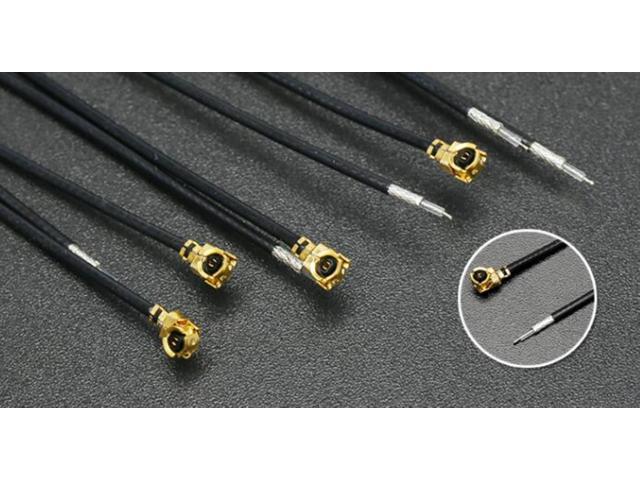Multilateral export control regimes are consensus-based, voluntary arrangements of supplier countries that produce technologies useful in developing weapons of mass destruction or conventional weapons. The regimes aim to restrict trade in these technologies to keep them from proliferating states or terrorists. The United States seeks to improve the effectiveness of these regimes. GAO was asked to (1) assess weaknesses of the four regimes and (2) identify obstacles faced in trying to strengthen them. GAO found weaknesses that impede the ability of the multilateral export control regimes to achieve their nonproliferation goals. A key function of each regime is to share information related to proliferation. Yet the regimes often lack even basic information that would allow them to assess whether their actions are having their intended results. The regimes cannot effectively limit or monitor efforts by countries of concern to acquire sensitive technology without more complete and timely reporting of licensing information and without information on when and how members adopt and implement agreed-upon export controls. For example, GAO confirmed that at least one member, the United States, has not reported its denial of 27 export licenses for items controlled by the Australia Group. Several obstacles limit the options available to the United States in strengthening the effectiveness of multilateral export control regimes. The requirement to achieve consensus in each regime allows even one member to block action in adopting needed reforms. Because the regimes are voluntary in nature, they cannot enforce members’ compliance with regime commitments. For example, Russia exported nuclear fuel to India in a clear violation of its commitments, threatening the viability of one regime. The regimes have adapted to changing threats in the past. Their continued ability to do so will determine whether they remain viable in curbing proliferation in the future.















